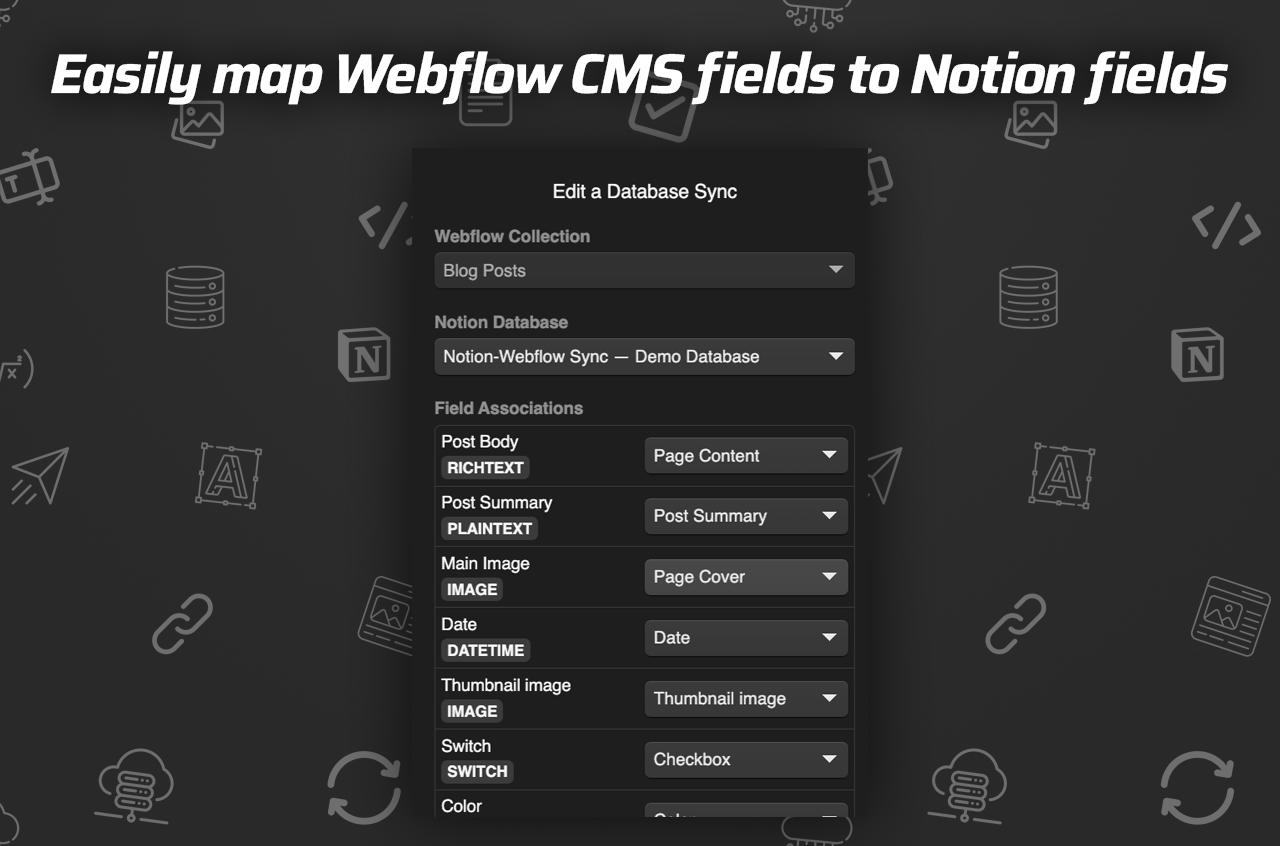How To Effortlessly Manage Blog Content With Notion And Webflow
Introduction
In the evolving world of digital content management, creators and businesses alike seek tools that boost productivity and provide a seamless workflow. More than ever, the need for integration between writing platforms and website builders is paramount. Enter SyncFlow, the ultimate bridge that connects Notion — the all-in-one workspace tool — to Webflow, a leading web design platform. In this guide, we explore how you can effortlessly manage your blog content with Notion and Webflow using SyncFlow.
Why Sync Notion with Webflow?
Managing content across multiple platforms often leads to duplication of efforts and inconsistency. SyncFlow resolves this by allowing you to:
- Auto-Sync Content: Automatically update content on Webflow when changes are made in Notion.
- Maintain Version Consistency: Avoid content discrepancies between your writing and publishing platforms.
- Enhance Workflow: Focus more on content creation instead of constant back-and-forth updates.
Get Started with SyncFlow
Step-by-Step Guide to Setting Up SyncFlow
Step 1: Installation
First, visit the SyncFlow website and sign up for an account if you haven't already. Grant SyncFlow access to your Webflow sites and integrate your Notion account.
Step 2: Map Fields
Use SyncFlow’s user-friendly interface to map fields from your Webflow CMS Collection with your Notion Database. This mapping ensures that data syncs accurately between the two platforms.

Step 3: Synchronize Content
Set up auto-sync or opt for manual sync to ensure your Webflow collection mirrors your Notion database. This feature guarantees real-time content updates.
Key Features of SyncFlow
- Versatile Field Types: Supports diverse field types, providing flexibility in content management.
- Fully Customizable: Import Notion elements with inline styling or custom classes for tailored displays.
- Automatically Publish: Ensure your Webflow site reflects any changes made in Notion without manual intervention.
- Code Highlighting and TeX Support: Perfect for technical and academic content, offering accurate formatting from Notion to Webflow.
How to Leverage SyncFlow for Efficient Blog Management
- Draft in Notion: Use Notion’s versatile features for drafting and organizing your blog content.
- Sync with Webflow: Link your Notion drafts to Webflow for seamless publication.
- Automated Updates: SyncFlow’s auto-sync ensures any tweaks in Notion automatically update your live website.
- Content Customization: Leveraging SyncFlow’s inline styling or classes, fine-tune how content appears in Webflow.

SyncFlow Pricing
Choose the Standard Plan for just $8/month. This includes unlimited syncs, databases, and connected fields, with installation available on one Webflow site.
Conclusion
Utilizing SyncFlow makes managing blog content not only efficient but also refreshingly straightforward. By integrating Notion with Webflow, you eliminate redundant work, ensuring your focus remains on what truly matters — creating quality content. Get started with SyncFlow and revolutionize your workflow today!
Additional Resources
- Watch our detailed SyncFlow Tutorial for an in-depth understanding.
- Discover more in our SyncFlow Trailer showcasing its features.
